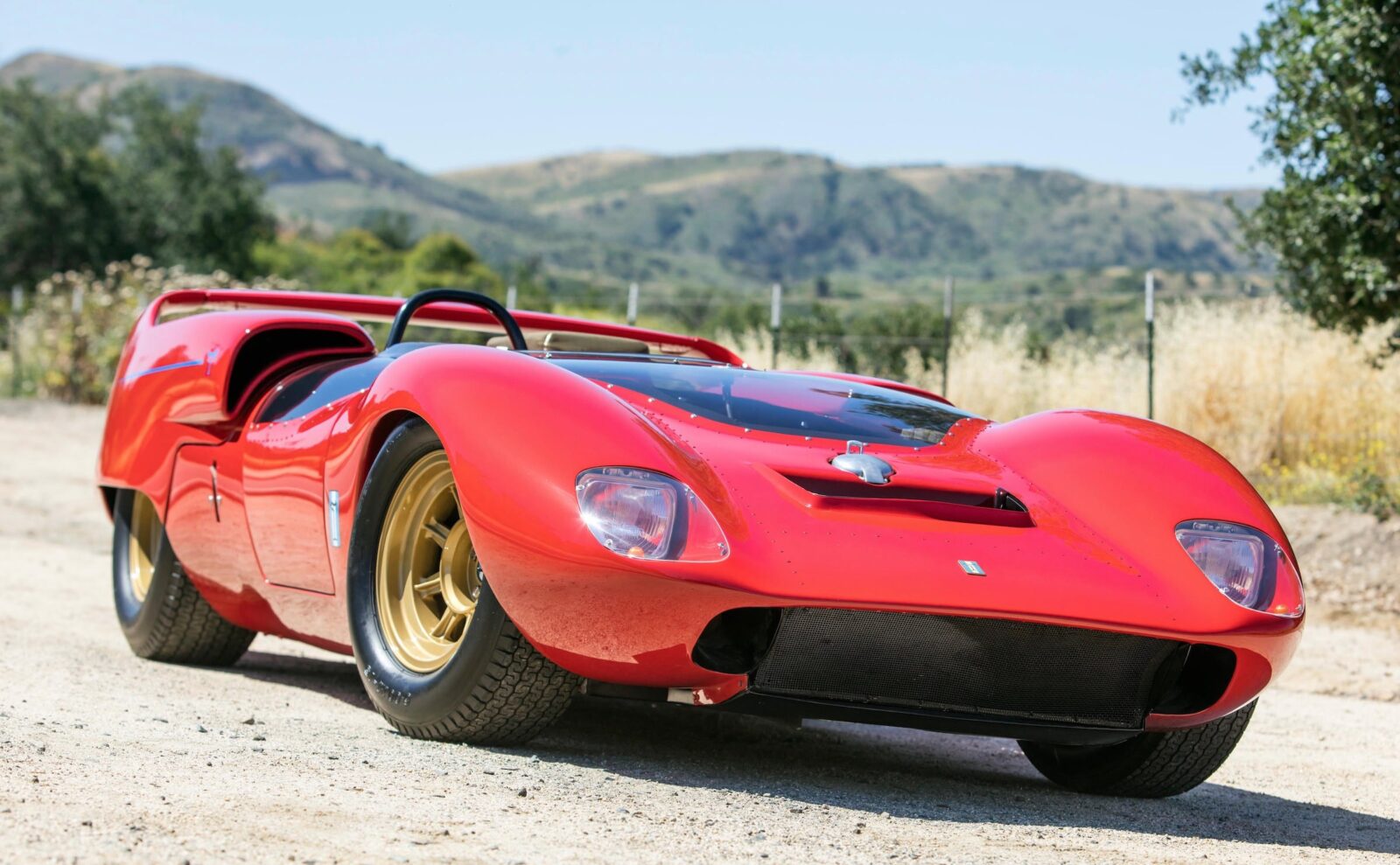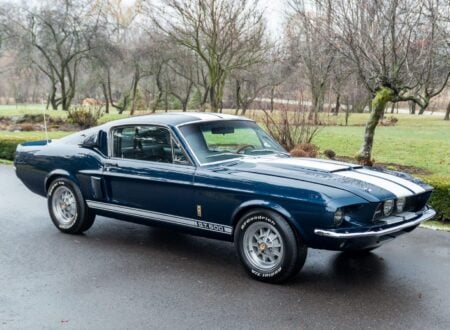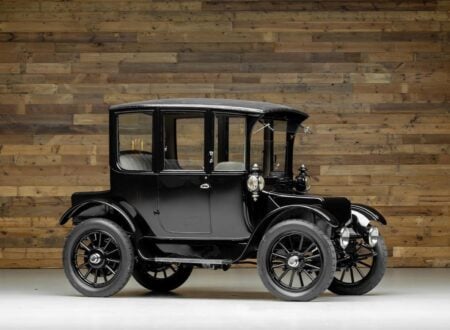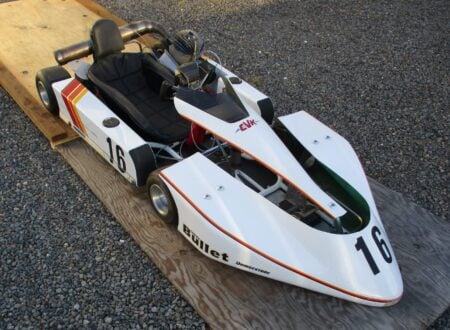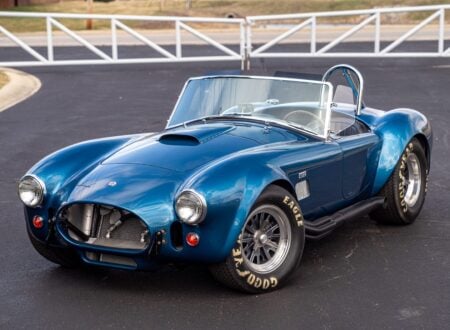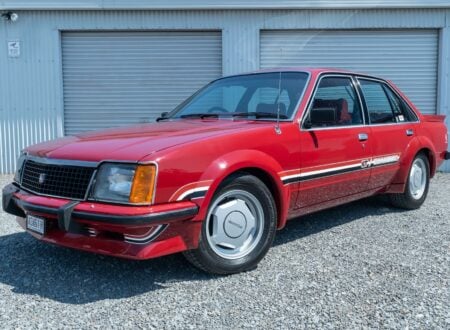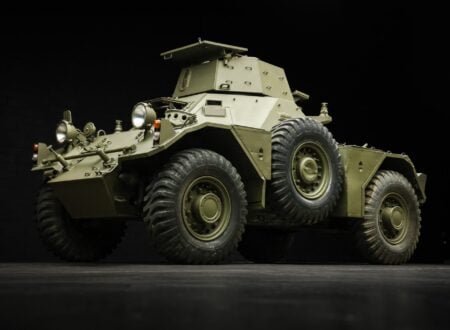The De Tomaso P70, later known as the Ghia DeTomaso, was a joint project between two independent icons of the motoring world – Alejandro de Tomaso of Argentina and Carroll Shelby of the USA.
The project was founded to develop a race car able to compete in and dominate the then-new United States Road Racing Championship (USRRC), which itself was channeled into the Can-Am series in 1968.
The project to build the De Tomaso P70 was fraught with difficulties including personality clashes, geography, and cultural misunderstandings.
Both de Tomaso and Shelby were larger than life characters used to doing things their own way, although de Tomaso was in charge of building the car it was Shelby who was the customer, as a successful former racing driver himself and a specialty car builder he knew exactly what he wanted and he had no intention of accepting anything less.
The Vallelunga
The first road-going production model from De Tomaso was the Vallelunga, a sleek coupe with a backbone chassis, a load-bearing engine mounted in a rear subframe, with independent front and rear suspension, front and rear anti-roll bars, disc brakes on all four corners, and a fiberglass body.
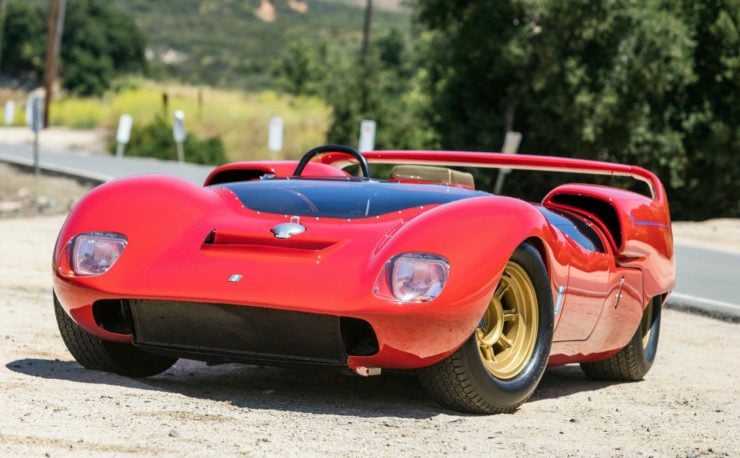
The biggest drawback to the Vallelunga was its relatively underpowered 1.5 litre straight-4 Kent engine from the Ford Cortina. It would be the basic running gear of the Vallelunga that would form the basis of the De Tomaso P70, with a considerably modified backbone chassis now fitted with a load-bearing American V8, and a sleek aluminum body styled by the legendary Peter Brock.
Building The Shelby De Tomaso P70
Carroll Shelby wanted the new car to be fitted with the lightest possible 7 litre V8, de Tomaso and his team believed they could stretch the capacity of the 289 cu. in. (4.7 litre) Ford V8 to 427 cu. in. (7 litres). Sadly this turned out to be physically impossible as there was insufficient room to increase capacity by boring the cylinders and fitting a stroker crank.
The original design of the body by Peter Brock had been sent from Shelby in California to the coachbuilder in Italy, Shelby wasn’t impressed with the finished product so he sent Brock to Italy to personally supervise the building of a new body with the team at Carrozzeria Fantuzzi, a Modena-based coachbuilder.
Just as Brock was in the process of fitting the completed body to the second iteration of the Vallelunga-derived chassis he received a call from California, it was Carroll telling him to get on a plane and come home. Brock chose to leave Shelby and start his own design firm, he also ran a successful racing team, and today he’s remembered best as the man who penned the beautiful Shelby Daytona Coupe.
The De Tomaso – Shelby project was cancelled as Shelby had just been hired by Ford to run a competition campaign fielding some new sports racing cars at endurance races like the 24 Hours of Le Mans, fielding a racing car called the Ford GT40.
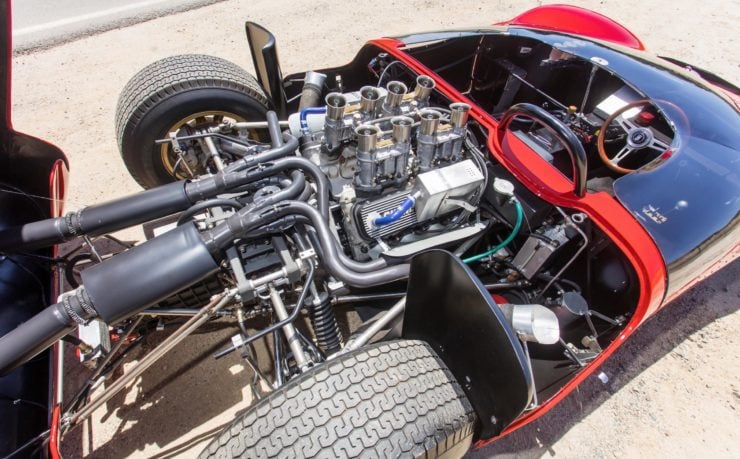
The Shelby-managed GT40s would go on to win at Le Mans four consecutive times from 1966 to 1969, and become a major highlight in Ford’s racing programme.
Alejandro de Tomaso was understandably enraged at the project cancellation, despite his own inability to provide the promised engine required to make the car viable. He would use a modified version of the De Tomaso P70 chassis to underpin his next production car – the Mangusta.
“Mangusta” is Italian for “Mongoose”, a small mammal that hunts and eats cobras in the wild. The subtlety of the name choice wasn’t lost on Carroll Shelby, he was manufacturing a popular line of sports cars named “Shelby Cobras” at the time.
De Tomaso was nothing if not quick on his feet, he finished up the P70 and named it the Ghia De Tomaso. Ghia was an Italian styling and coachbuilding house that he had recently bought, and the P70 provided him with a remarkable opportunity to publicise both his own company and his new acquisition – showing it at the 1965 Turin Auto Show as the “Ghia De Tomaso Sport 5000″.
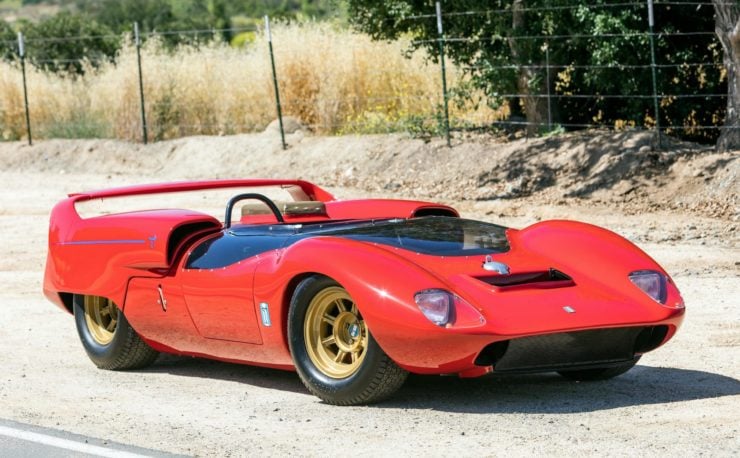
The car would eventually see the start grid of a race at the 1966 Grand Prix of Mugello, sadly it would fail to finish the first lap. It would remain in Alejandro’s collection for decades, eventually ending up in a private Southern California collection.
The P70 was fitted with a 5.0 litre Gurney-Weslake V8 which it retains to this day, this engine was a comprehensively rebuilt Ford 289 with bespoke cylinder heads developed by Weslake in England. Racing versions of this engine would win at the 24 Hours of Le Mans, they won races in the Group 7 sportscar category, as well as Indycar single-seater categories and beyond.
The De Tomaso P70 is now up for public sale with Bonhams in mid-August the the Quail Lodge Auction, there’s no additional information yet and no estimated value listed, but a car like this with double-barrelled heritage there’ll doubtless be a lot of interest.
If you’d like to see more of the car or register to bid you can click here to view the listing.
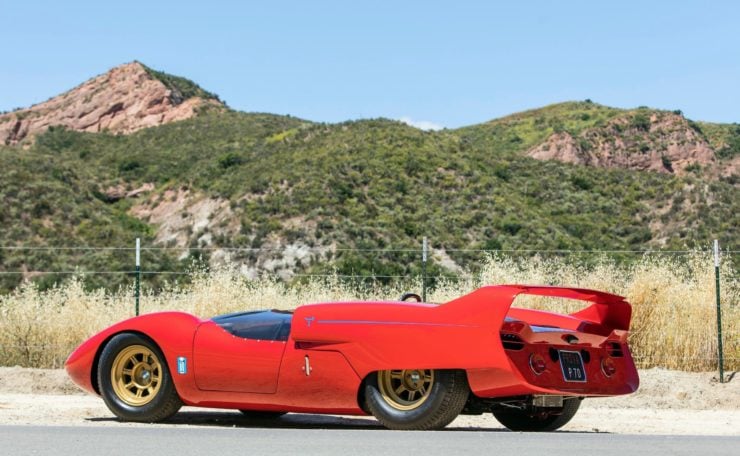
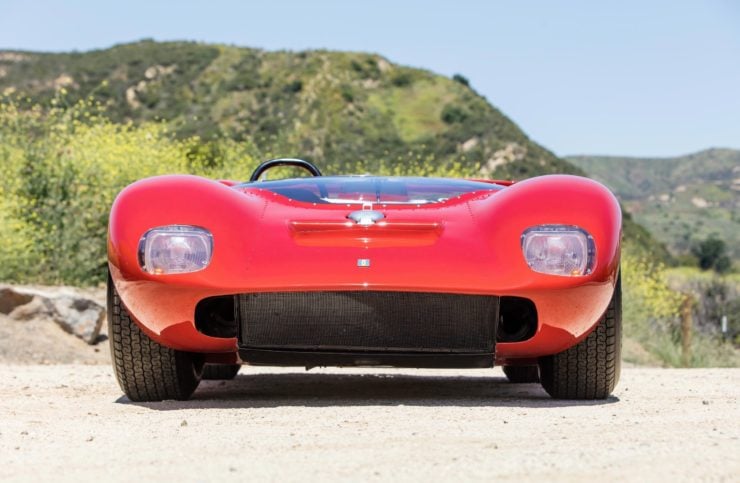
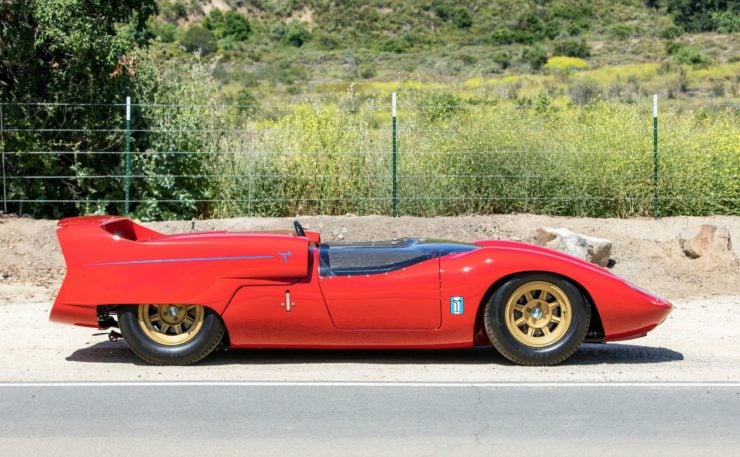
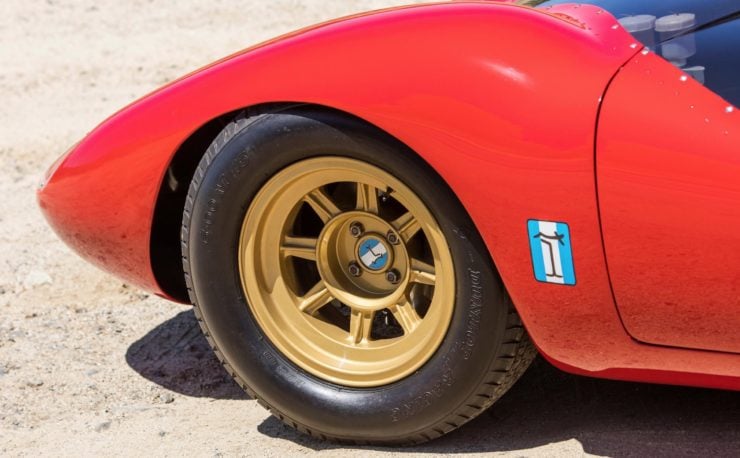
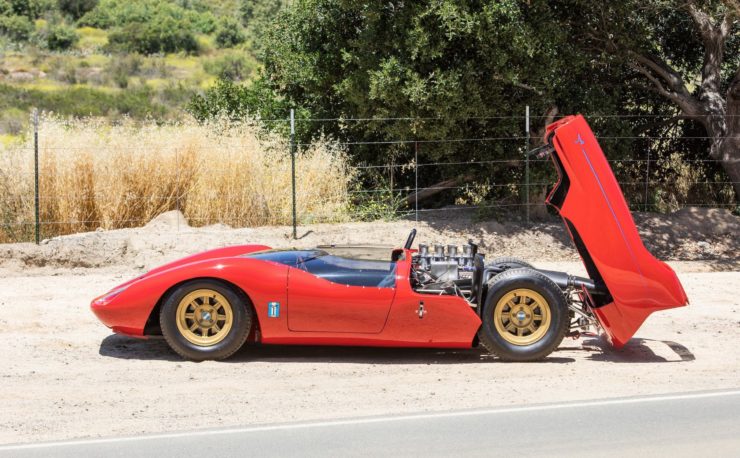
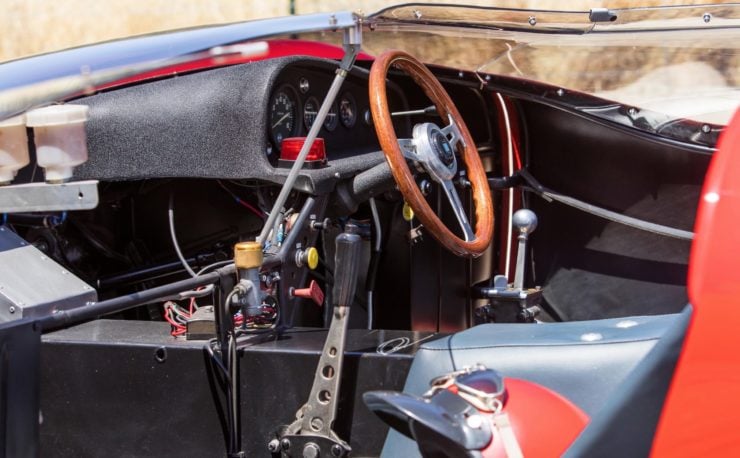
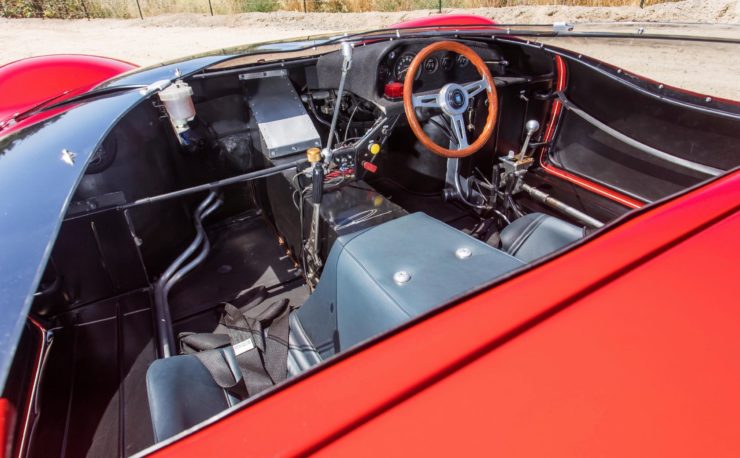
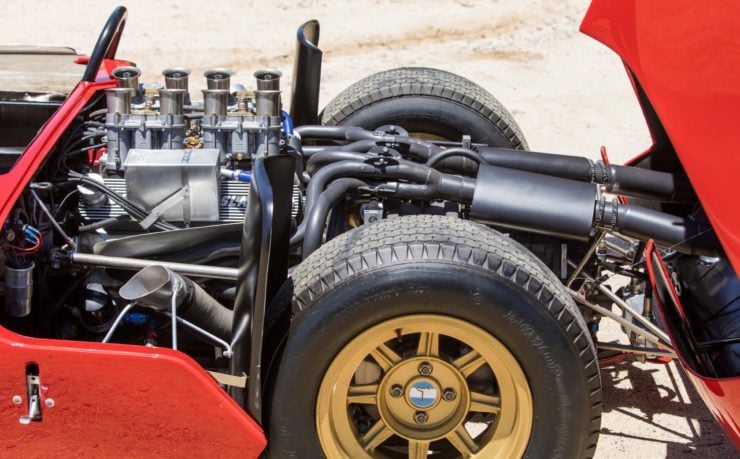
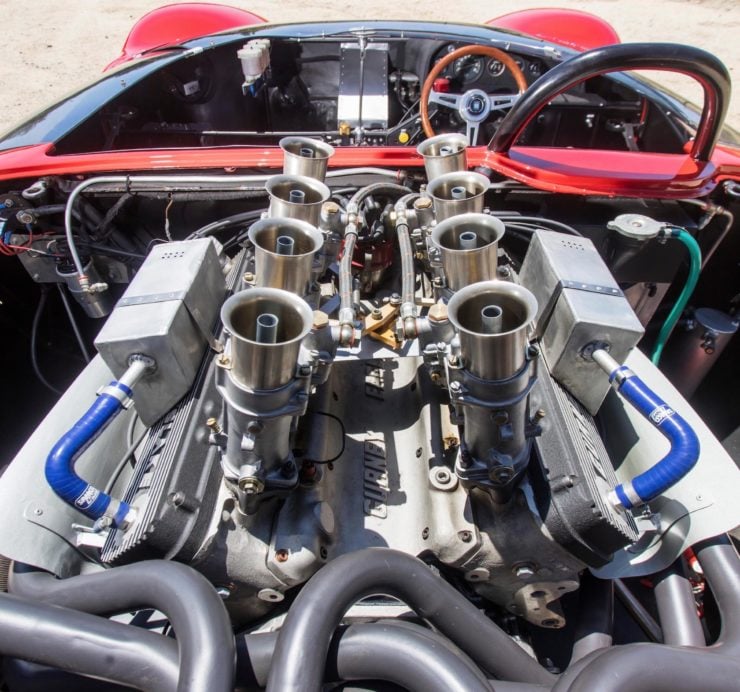
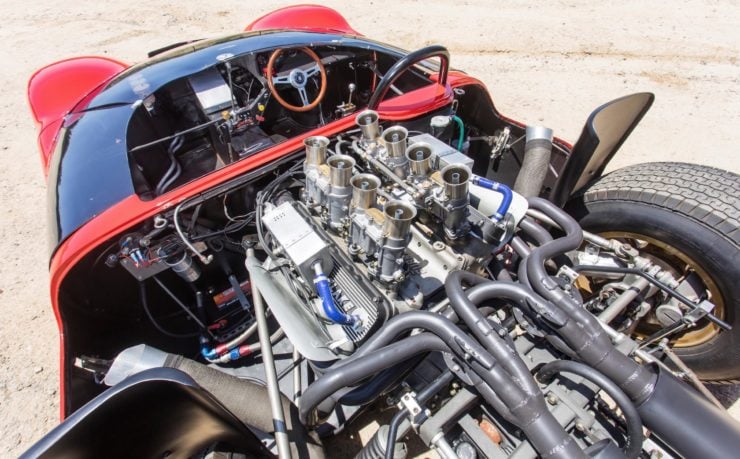
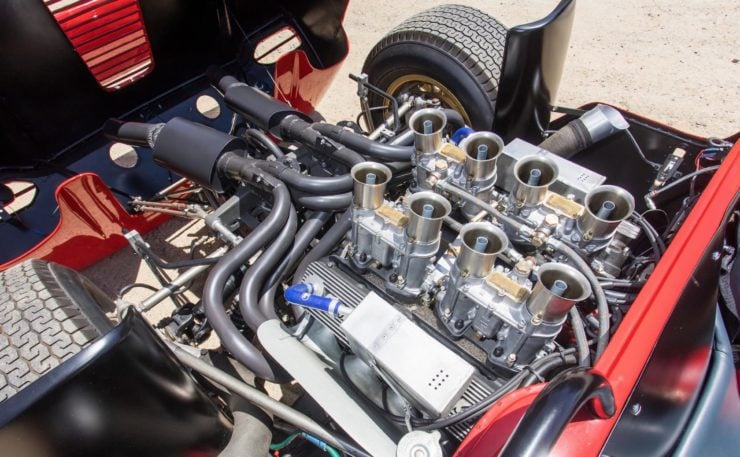
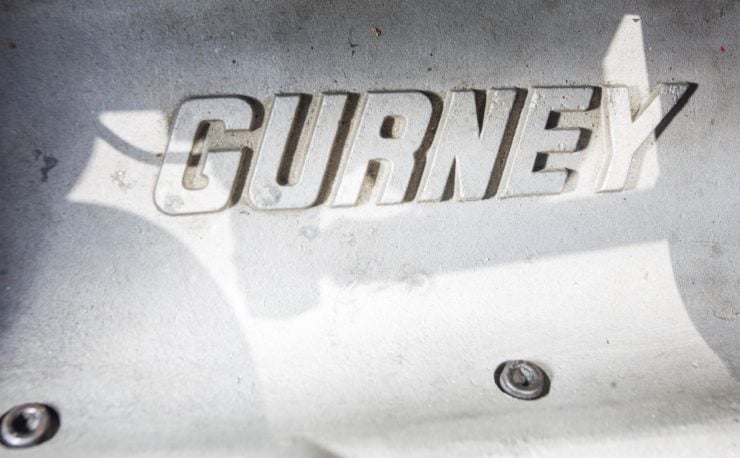
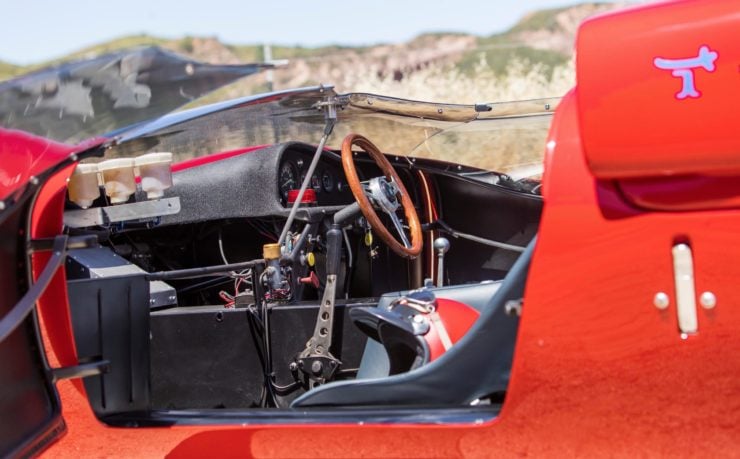
Images courtesy of Bonhams

Articles that Ben has written have been covered on CNN, Popular Mechanics, Smithsonian Magazine, Road & Track Magazine, the official Pinterest blog, the official eBay Motors blog, BuzzFeed, Autoweek Magazine, Wired Magazine, Autoblog, Gear Patrol, Jalopnik, The Verge, and many more.
Silodrome was founded by Ben back in 2010, in the years since the site has grown to become a world leader in the alternative and vintage motoring sector, with well over a million monthly readers from around the world and many hundreds of thousands of followers on social media.

